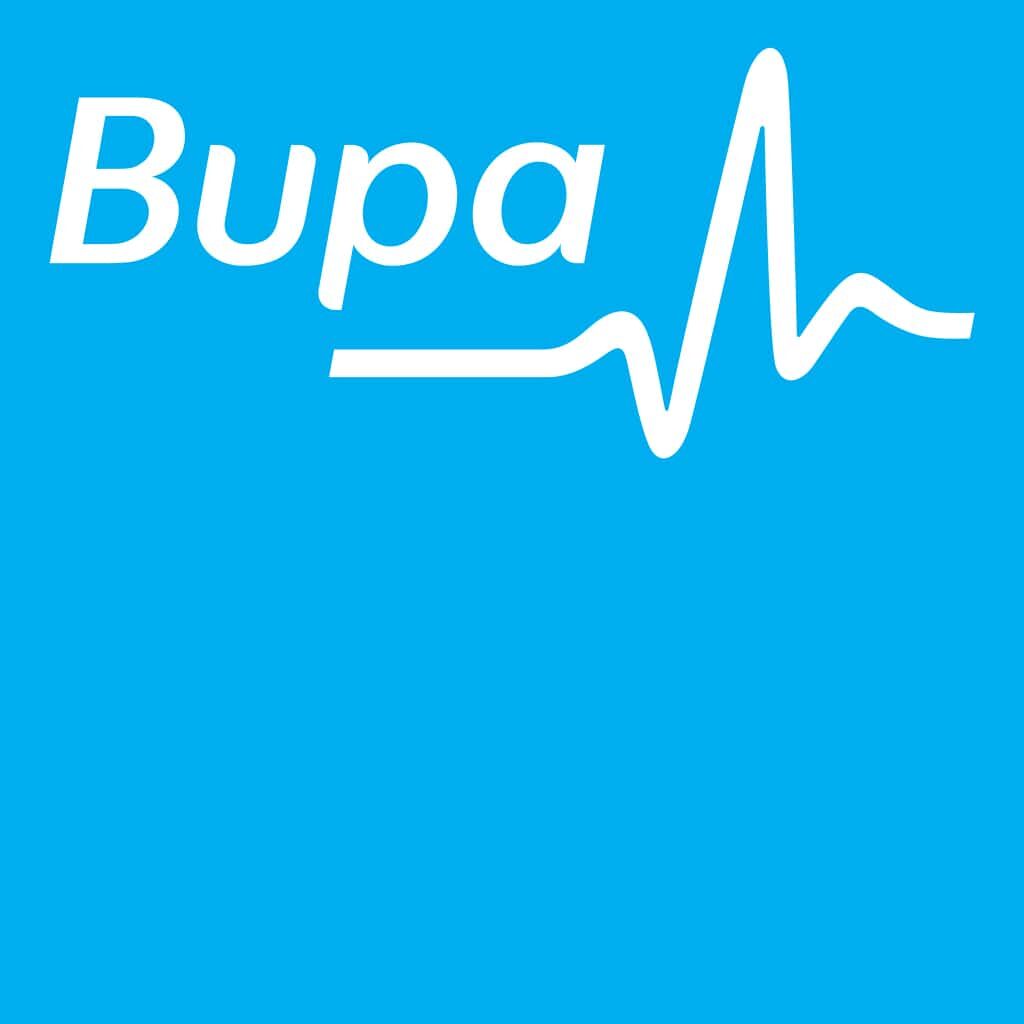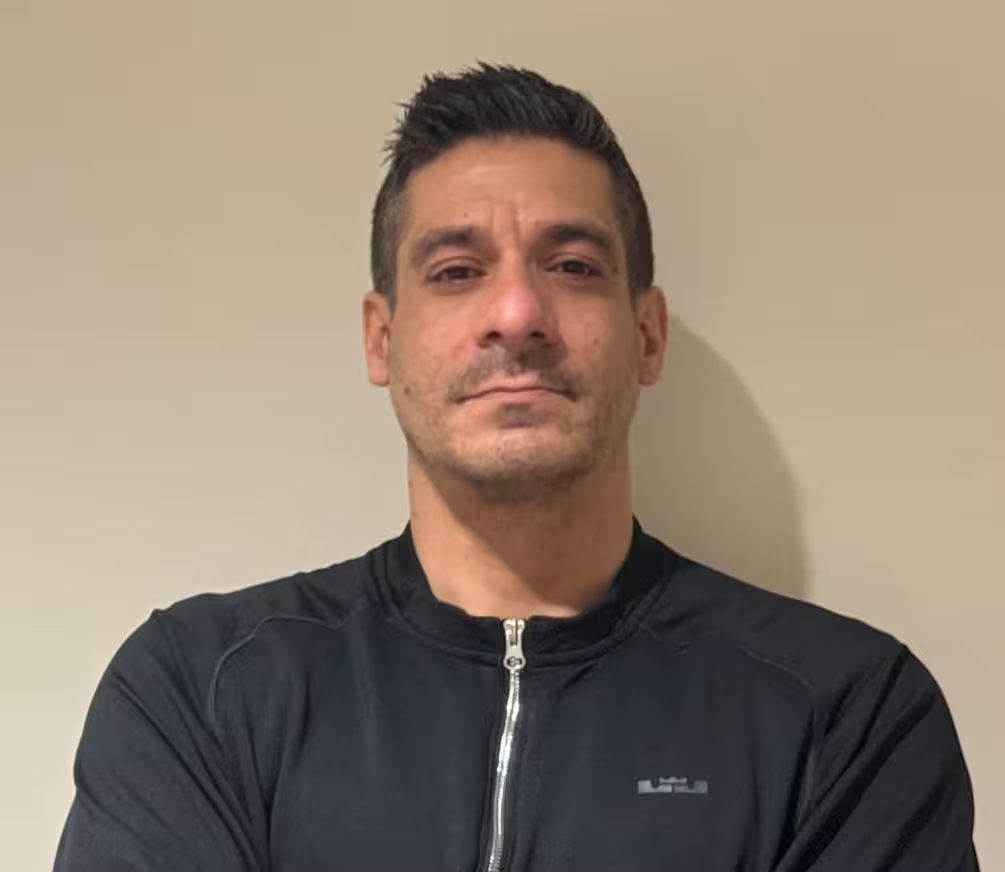Home Physio for Hip Replacement Recovery
recovery
Total Hip Replacement Recovery: A Comprehensive Guide to Home Physiotherapy
Total hip replacements are the well-known stars of orthopaedic surgery. From tentative beginnings with modern materials in the 1970s, this operation has become a familiar and safe life-changing procedure, restoring mobility, and banishing pain. Your damaged or arthritic hip joint is replaced by an artificial joint made of metal, plastic, or ceramic. Recovery depends not just on the skill of the surgeon but on your own commitment to rehabilitation.
Total Hip Replacement Recovery Timeline:
The total hip replacement recovery timeline can vary from person to person, but it generally follows a similar progression:
Immediate Post-Surgery Phase (Days 1-4)
The initial days following surgery and crucial for preventing complications and starting the healing process. Patients typically remain in hospital during this time to monitor their condition. You will start with gentle exercises to prevent blood clots and regain mobility.
Discharge and Home Recovery (Days 5-14)
Most patients are discharged within a few days of surgery and can continue their recovery at home. During this phase, it is essential to follow your surgeon’s instructions and engage in gentle activities and exercises demonstrated by your physiotherapist.
Early Rehabilitation (Weeks 2-6)
At this point, you will gradually increase the intensity of your exercise and physiotherapy sessions. You will work on strengthening the hip joint and improving your range of movement. While you may still be using crutches, you should start to notice a reduction in pain and improved mobility.
Intermediate Recovery (Weeks 6-12)
By this stage, many patients can discontinue using crutches and focus further on improving their strength and balance. Your physiotherapist will guide you through exercises tailored to your specific needs and goals.
Return to Normal Activities (Months 3-6)
At around 12 weeks, you should be well on your way to regaining your independence and returning to everyday activities. A return to light sporting activities such as cycling, golf, or gentle tennis is possible at 12 weeks. Home physiotherapy exercises at this point will be focused on improving your gait and balance.
Long-Term Recovery (Beyond 6 Months)
Total hip replacement recovery is an ongoing process. It can take up to a year or longer to achieve full recovery and reach your maximum level of function. Regular exercise, a healthy diet, and maintaining a healthy weight can contribute to the long-term success of your new hip joint.
SERVICES
The Role of Post Op Home Physio
Home physiotherapy is a crucial part of the total hip replacement recovery journey. Here’s how it can benefit you:
Improved mobility
Through a tailored exercise programme, our physiotherapists can help retore joint mobility and strengthen surrounding muscles, aiding an enhanced recovery.
Increased joint movement
Hands on joint manipulations alongside soft tissue massage can alleviate stiffness and restore full joint range of movement.
Pain management
Our team will advise you on different pain management techniques. We are here to answer any questions you may have about pain relieving medication.
Preventing complications
Home physiotherapy can help prevent complications such as blood clots and joint stiffness by encouraging correct joint motion and circulation.
Enhanced independence
Home physiotherapy empowers you to regain your independence faster by focusing on activities of daily living and mobility.
Personalised Care
Our physiotherapists will create a customised plan based on your specific needs and progress, ensuring that your recovery is safe and efficient.
Improved mobility
Through a tailored exercise programme, our physiotherapists can help retore joint mobility and strengthen surrounding muscles, aiding an enhanced recovery.
Increased joint movement
Hands on joint manipulations alongside soft tissue massage can alleviate stiffness and restore full joint range of movement.
Pain management
Our team will advise you on different pain management techniques. We are here to answer any questions you may have about pain relieving medication.
Preventing complications
Home physiotherapy can help prevent complications such as blood clots and joint stiffness by encouraging correct joint motion and circulation.
Enhanced independence
Home physiotherapy empowers you to regain your independence faster by focusing on activities of daily living and mobility.
Personalised Care
Our physiotherapists will create a customised plan based on your specific needs and progress, ensuring that your recovery is safe and efficient.
Total hip replacement recovery time can vary, but with dedication to a comprehensive home physiotherapy programme, you can significantly improve your chances of a successful and timely recovery. Remember that patience is key, and each milestone achieved in your recovery is a step towards regaining your quality of life.
Insurers









What questions do people ask Post Op Home Physio?
This can vary from person to person and depends on several factors, including your overall health, the specific surgical approach used, and the guidance from your orthopaedic surgeon. In general, here are some considerations:
Healing time: It typically takes several weeks for the surgical site to heal and for you to regain enough strength and mobility to safely operate a vehicle.
Pain and medications: Effective pain management is crucial during the recovery period. If you are taking pain medications that can impair your co-ordination or reaction times, you should not drive until you have ceased taking these medications.
Vehicle type: The type of vehicle you drive may also influence when you can resume driving. For example, if you drive a manual car, this may need more co-ordination and strength than an automatic car.
*Post Op Home Physio tips*
Drive locally first, this could be in a local car park; practising using the pedals again and performing an emergency stop. Stock up on supplies before your surgery so that it’s not necessary to drive in the early weeks following your operation.
Difficulties can last for up to 6 weeks. Generally, after this period clients report having a full, undisturbed night’s sleep.
*Post Op Home Physio tips*
Make sure your bedroom is the correct temperature and use blackout blinds. Don’t complete your final set of physio exercises too late in the day. Sedative medication can be prescribed in the early post operative period, but it is very important not to become dependent on these medications.
After a total hip replacement, it is important to sleep in a position that promotes healing and minimises discomfort. The following positions may be beneficial:
Sleeping on your back with your surgical side slightly elevated
Sleeping on your non operated side with a pillow or cushion placed between your knees.
During the initial recovery period, you may need to follow specific sleeping instructions provided by your surgeon. Over time, as your hip heals and your mobility improves, you’ll be able to explore different sleeping positions and gradually return to your preferred sleep posture.
On average the surgery takes between 75-90 minutes to complete.
Modern implants can last 25 – 30 years if the surgery is successful and the hip is l ooked after.
To self-fund for a hip replacement it will cost between £15,000 – £19,000. If you are covered by insurance, you would need to speak to your individual insurer to see if they will cover the surgery with the consultant and hospital of your choice.
*Post Op Home Physio tips*
If you are self-funding book with Compare my Care. This will allow you to be booked in faster with preferential access into the clinics of the highest performing surgeons. In the rare event that a revision or repeat surgery is required within 1 year, you will be refunded the full cost of your original surgery.
Your surgeon will likely use staples or dissolvable stitches for the surgical wound. The wound will be covered with a dressing for 2 weeks. You will be provided with spare dressings to place over the top of the original should there be any light bleeding (not replacing the dressing in the first 2 weeks reduces any infection risk).
You should visit your surgeon or GP at 2 weeks to remove the staples or check on the stitches. A specialist tool is used to remove staples if they were used. After this, another dressing will be applied which can be removed after 2-3 days when there is no further need to cover the wound.
*Post Op Home Physio tips*
Wound protectors will enable you to shower in the first 2 weeks, protecting the wound from getting wet. To wash the hip after 2 weeks, you can use the shower to run clean water over the wound and then gently pat-dry it with a towel. Avoid getting any soap or oils on the wound for the first six weeks post-op. After 6 weeks you can use bio-oil gently around the wound.
After your total hip replacement surgery it is important to be mindful of the following movements for the first 6 weeks post-op while the hip is healing:
- Crossing your legs
- Twisting
- Flexing your hip further than 90 degrees
In the past, these movements were advised against during the first 6 weeks. However, now, with advanced recovery protocols in place, your physiotherapist will slowly guide you through certain movement during the first 6 weeks, whilst also protecting your new hip joint.
Team
Meet The Team
TESTIMONIALS
Read our Total Hip Replacement specific reviews below:
EXCELLENTTrustindex verifies that the original source of the review is Google. After two ACL surgeries, I was having regular physio visits by Julia for months. She would give me thorough exercises to do every week. The sessions were efficient, and productive and I am now happy to say that I'm running marathons again! She was also very friendly and always on-time! I love the fact that they would come to your home to make things easier for you.Posted onTrustindex verifies that the original source of the review is Google. After having a hip replacement I thought I would rather have my recuperation physiotherapy at home as opposed to the hospital. I choose 'Post Op Home Physio' having reviewed a number of home physiotherapists. The treatment I received was first class and my programme was adjusted in line with my recovery. My physiotherapist 'Aaron' was excellent, taking the time to explain why the programme was changing. 'Post Op Home Physio' is highly recommended.Posted onTrustindex verifies that the original source of the review is Google. I was shared the details of Post Op Home Physio by the surgeon who performed my knee replacement. I was not disappointed, the service was fantastic. A big shout out to Sophie who helped me through all the ups and downs, I would not be in the place I am now if it wasn’t for her amazing help. Will definitely call upon Post Op Home Physio for any further needs. Thank you Sophie & Mark!!Posted onTrustindex verifies that the original source of the review is Google. I recently had a knee arthroscopy and have been struggling with movements post surgery. once I started my physio with Julia, I made Exceptional progress and recovery was much better. Thank you for all the help.Posted onTrustindex verifies that the original source of the review is Google. It is a real help to get physio at home when recovering from hip replacement surgery. Mark was excellent and got me up and about in no time with gentle strength building routines. The progression work that we did has allowed me to get back on the tennis court, cycle and do everything that I could before the operation….without pain! Highly recommend Post Op Home Physio! Thanks Mark!Posted onTrustindex verifies that the original source of the review is Google. My mum had a few physio sessions with Julia post knee replacement surgery, following a fall and long stay in hospital. Julia helped give her confidence to manage the stairs and walk outside, which she'd not done in ages! Julia adapted exercises to suit Ann and practical advice on mobility issues and on how to manoeuvre using her walking frame. Highly recommend Post Op and Julia!Posted onTrustindex verifies that the original source of the review is Google. Prior to having Total Knee Replacement Surgery in March I was advised that the two most important things to have in place to ensure the best possible recovery post op, were a good physio and an ice machine (for the first few weeks). Mark Wilkinson from Post Op Home Physio came highly recommended by my surgeon. Mark arranged for the ice machine to be delivered on the same day as his first visit (4 days after surgery). He assessed my situation and made a plan for my rehabilitation. Mark is an excellent Physio. He is organised, professional and supportive and has guided me through my home physio sessions and managed my expectations. He helped me understand why it was vital to be patient and appreciate the healing taking place following a total knee replacement. With this in mind at eighteen weeks post op I am moving well, doing lots of walking, very gentle cycling in the gym and follow the exercises he has given me which will help as I go forward and continue with my recovery. I would highly recommend Mark and Post Op Home Physio.Posted onTrustindex verifies that the original source of the review is Google. I used Post Op home Physio for my grandmother who had broken her ankle due to a fall. The physio (Julia) was attentive and helped my grandmother to become mobile again after weeks in bed after recovering from her break. I would highly recommend their service.Posted onTrustindex verifies that the original source of the review is Google. Wonderful service. Aaron Denham, the young physiotherapist who attended to my recovery at home, was brilliant - very knowledgeable, clear in his explanations, enormously friendly and courteous. Mark Wilkinson, who runs the boutique company, was very helpful and accommodating. I can't recommend them too highly. I will be using their service for my 2nd knee replacement in November 2023, if all goes to plan.Posted onTrustindex verifies that the original source of the review is Google. Professional, competent, kind and reassuring I was very happy with the physiotherapy from Aaron and the services of Post Op Home Physio. Pippa








